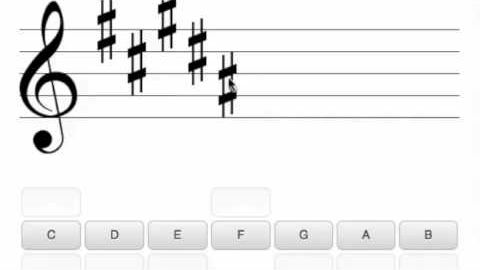
Subtitles & vocabulary
Lecture 2 Extra 1 - Key Signature Demonstration (Coursera - Fundamentals of Music Theory 13)
00
songwen8778 posted on 2016/07/28Save
Video vocabulary
stick
US /stɪk/
・
UK /stɪk/
- Verb (Transitive/Intransitive)
- To push a sharp or pointed object into something
- To join together using glue or paste
- Countable Noun
- Long thin piece of wood from a tree
A2
More practice
US /ˈpræktɪs/
・
UK /'præktɪs/
- Noun
- The office and place for legal or medical work
- Doing something many times to become better at it
- Verb (Transitive/Intransitive)
- To work as a doctor or lawyer
- To live according to the teachings of a religion
A2TOEIC
More bit
US /bɪt/
・
UK /bɪt/
- Noun
- Device put in a horse's mouth to control it
- Small piece of something
- Intransitive Verb
- (E.g. of fish) to take bait and be caught
A1
More people
US /ˈpipəl/
・
UK /'pi:pl/
- Noun (Countable/Uncountable)
- Persons sharing culture, country, background, etc.
- Men, Women, Children
- Transitive Verb
- To populate; to fill with people.
A1
More Use Energy
Unlock All Vocabulary
Unlock pronunciation, explanations, and filters
